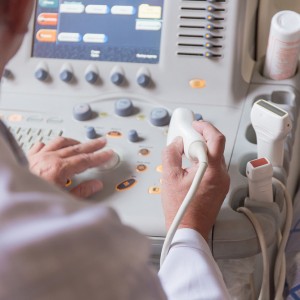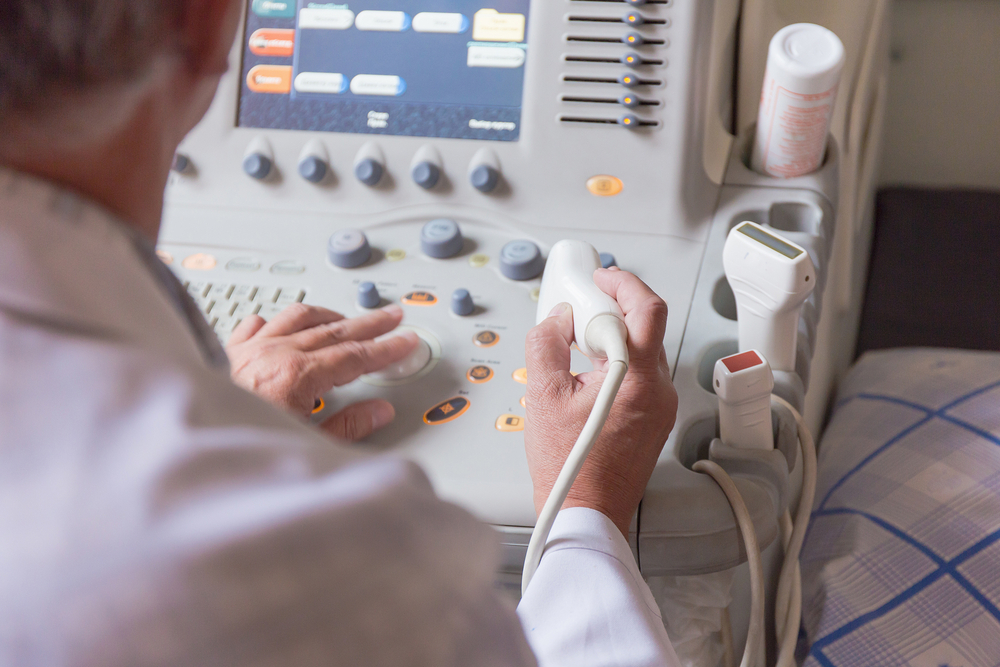 A recent study entitled “Training and Standards for Performance, Interpretation, and Structured Reporting for Supplemental Breast Cancer Screening“ led by Wendie A. Berg and published in the American Journal of Roentgenology (AJR) found that ultrasound lags behind MRI when it comes to screening for supplemental breast cancer.
A recent study entitled “Training and Standards for Performance, Interpretation, and Structured Reporting for Supplemental Breast Cancer Screening“ led by Wendie A. Berg and published in the American Journal of Roentgenology (AJR) found that ultrasound lags behind MRI when it comes to screening for supplemental breast cancer.
The medical community has an interest in cancer screening for women who have dense breast tissue. Because of dense parenchyma, the sensitivity of mammography is reduced to half when compared to that of fatty breast. Supplemental breast cancer screening is now an important health issue, since about 40 percent of women aged 40 years or older are thought to have dense breast tissue. Despite the fact that supplemental screening through ultrasound is not affected by breast density and is not related to or includes ionizing radiation (and does not need specific IV contrast material) the acceptance of this technique is being rethought.
Along Dr. Wendie A. Berg, who is a radiology professor at Magee-Womens Hospital of the Université Pierre et Marie Curie (UPMC), Dr. Ellen B. Mendelson, radiology professor from the Northwestern University Feinberg School of Medicine also contributed to the study. Their research highlights the lack of available intensive training. “The most common alternative screening modality, MRI, cannot be used with women who have pacemakers or other devices, severe claustrophobia, or renal insufficiency. To realize ultrasound’s potential to increase the number of cancers detected, intensive training programs need to be put in place for physician performers and interpreters for both handheld and automated breast ultrasound systems,” Drs. Mendelson and Berg stated in a press release.
[adrotate group=”1″]
Both researchers’ contributions to the study can be found in an opinion piece currently published in the February issue of the American Journal of Roentgenology. Their perspectives join a report from January from Mayo Clinic researchers who assessed the diagnostic performance of supplemental screening women with dense breasts using molecular breast imaging (MBI) to allow for radiation dose reduction. In that study, the team concluded that MBI used in addition to mammography in women who have dense breasts could “exploit what mammography finds and find what mammography misses, preserving the cancer detection rate found in this study without the additional costs and false-positive findings associated with supplemental screening.”
This new perspective on dealing with the issue of effective imaging through dense breast tissue recently made headlines in California as well, where less than a year after California’s law-makers passed a disputed law requiring all radiologists to inform women if they have dense breast tissue, a team of researchers from the University of California Davis discovered that 50 percent of primary care physicians are still unaware of this law, and that most of them are uncomfortable talking about the patient’s breast density with them.


